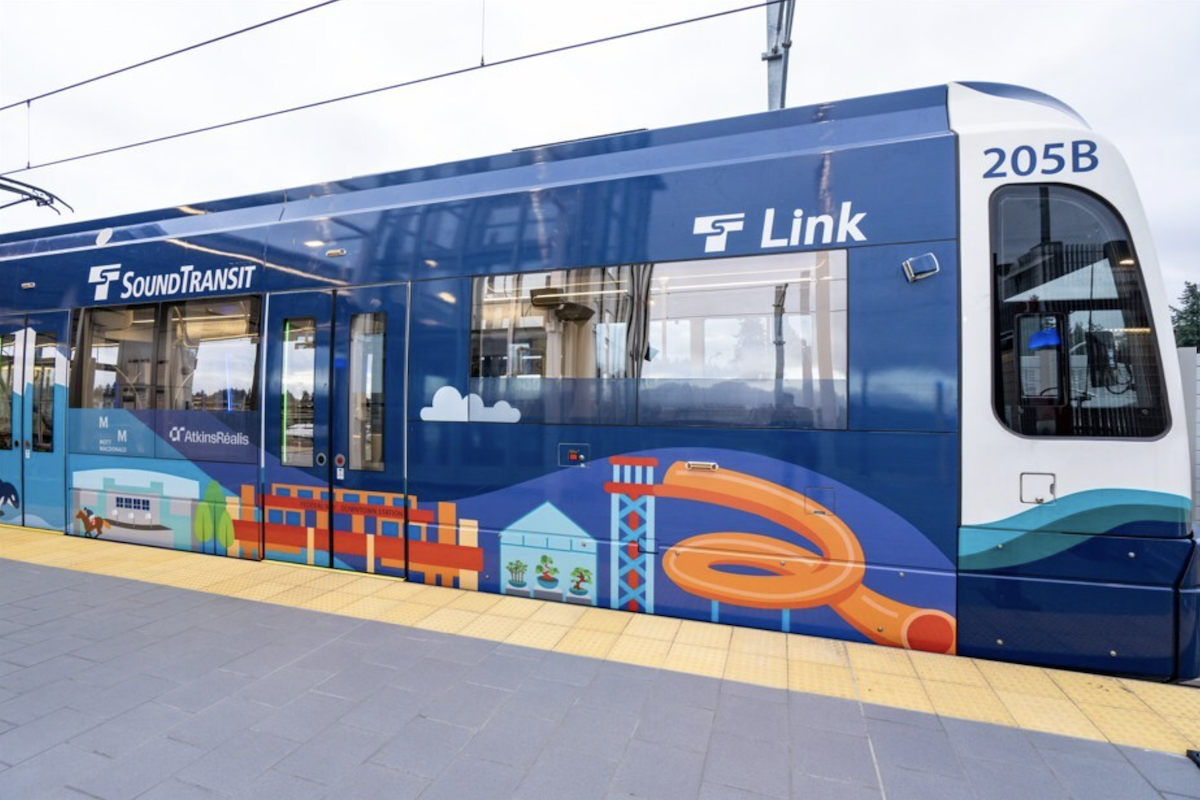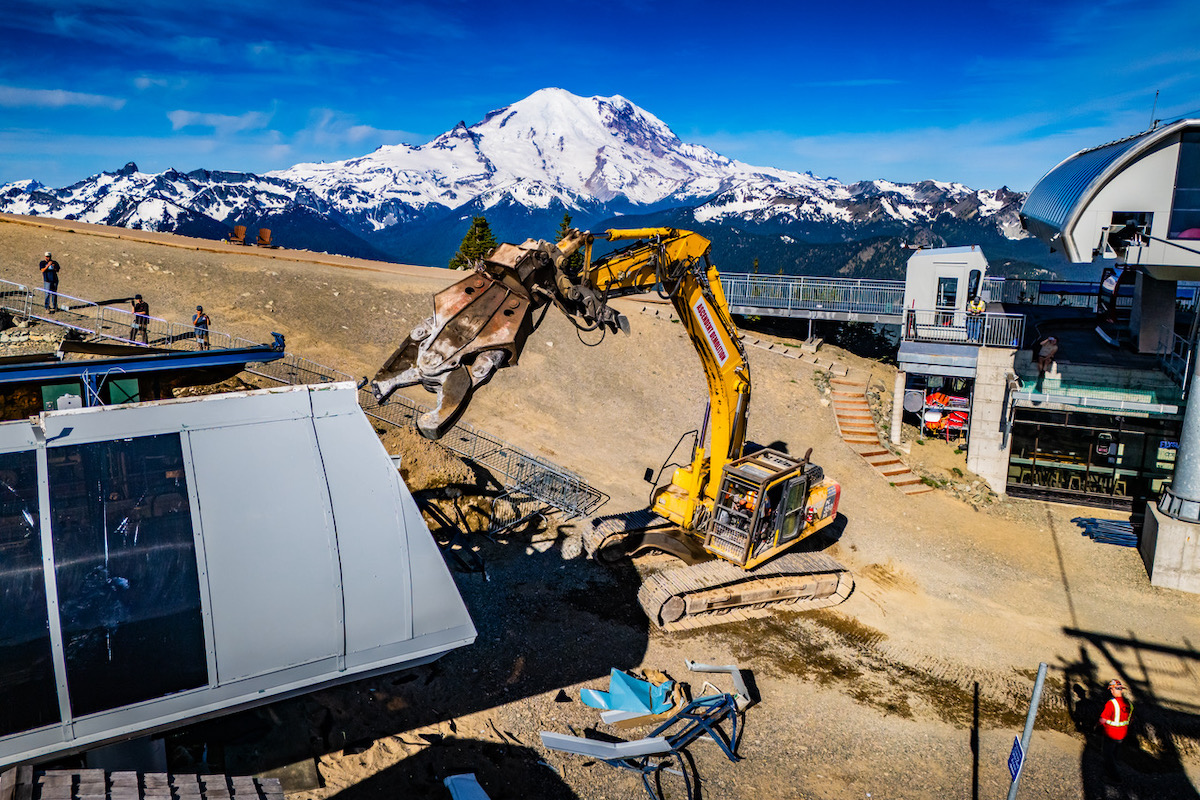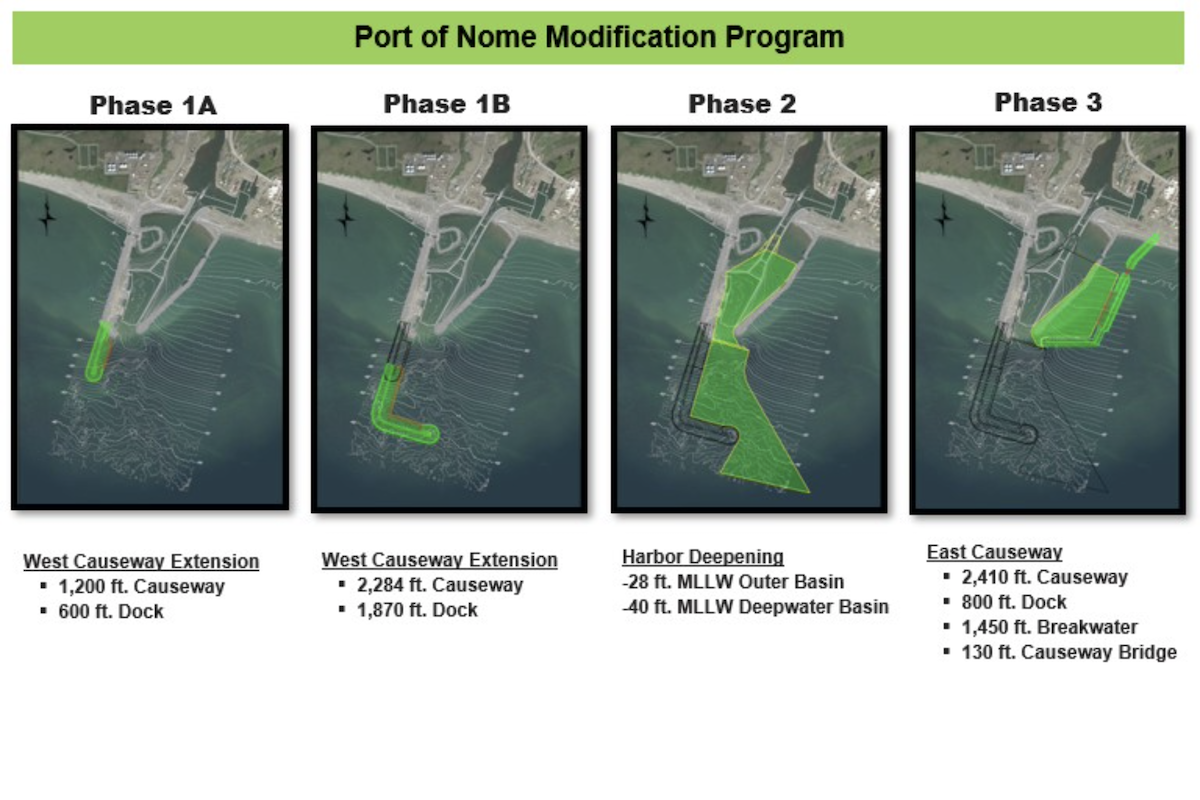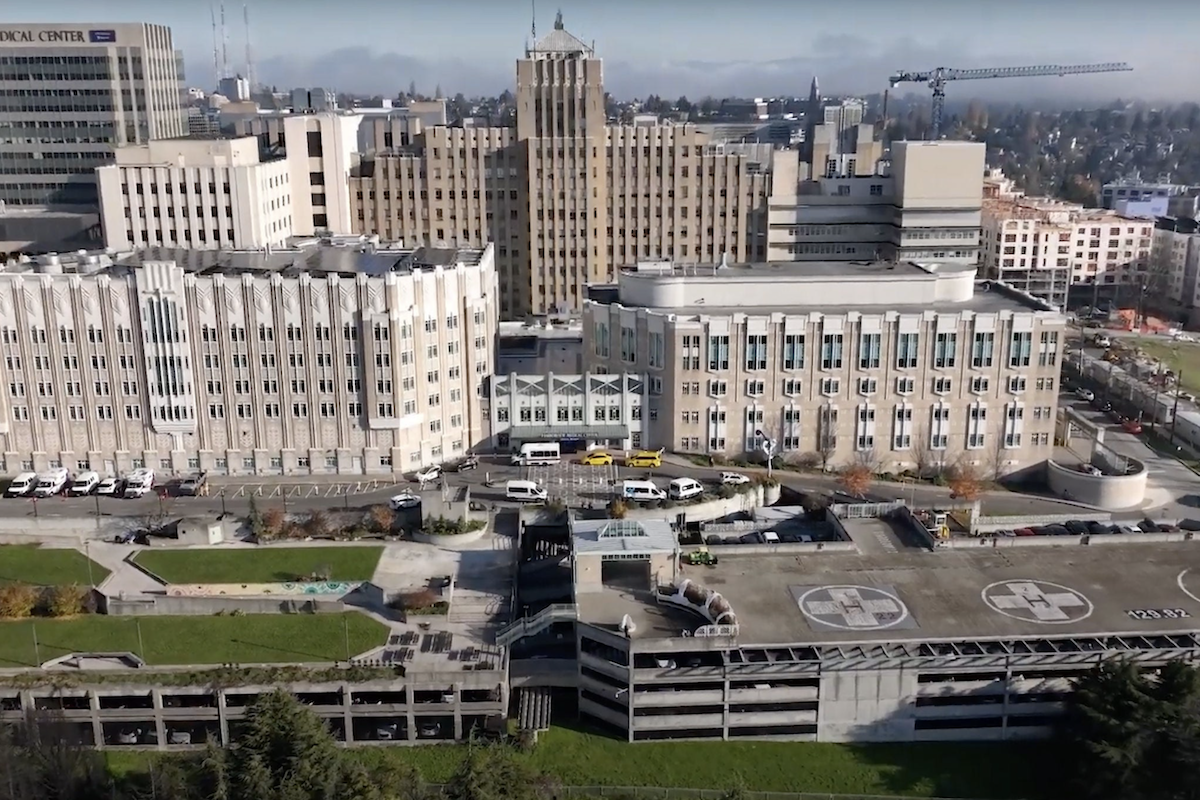“In addressing the transportation challenges of today and tomorrow, state DOTs demonstrate a strong determination to bring innovative solutions to their communities,” said Jim Tymon, Executive Director of AASHTO. “The America’s Transportation Awards program serves as a testament to their endeavors, and I am excited to kick off the regional awards with WASHTO’s pioneering projects. These projects play a vital role in improving safety, enhancing mobility, and revitalizing transportation resources for drivers, bicyclists, pedestrians, and transit customers alike.”
Twenty projects in the Western Association of State Highway Transportation Officials (WASHTO) region were nominated by DOTs for this year’s competition. The following three projects in the Rocky Mountain Construction area were winners of regional America’s Transportation Awards.
The new Pinto Creek Bridge, completed at a cost of $25.3 million, now spans 695.5 feet and features two lanes of traffic along with 10-foot-wide shoulders. This upgrade enables the bridge to handle heavier loads compared to its predecessor, which was in use for 72 years. The replacement project was executed adjacent to the old bridge, allowing uninterrupted traffic flow until the new bridge's completion.
“We’re grateful to see the Pinto Creek Bridge replacement honored among projects throughout the West, but we’re even prouder of what this improvement has accomplished for those who rely on this critical route for passenger and commercial traffic,” said Greg Byres, ADOT State Engineer and Deputy Director for Transportation. “ADOT engineers and the contractor used innovative design and construction approaches to create a safer and more reliable US 60 for decades to come.”

| Your local Gomaco dealer |
|---|
| American Construction Supply |
| Tri-State Truck & Equipment Inc |
The innovative methods employed throughout the project addressed various challenges. ADOT used a bid-alternative approach for design, allowing the project's contractor to determine economical and supportive foundation systems for the bridge's three piers, taking into account the mountainous terrain. Another engineering feat was the creation of retaining wall structures up to 30 feet high. To achieve this, ADOT engineers developed design standards and specifications for a micro-pile foundation system, utilizing high-strength, small-diameter steel rods.
A temporary access road was also constructed leading to and from the floor of the canyon below the bridge, which enabled the transportation of heavy equipment, including a 400-ton crane used to place girders atop the piers. The tallest pier stands at 138 feet. Additionally, ADOT partnered with the Desert Botanical Garden in Phoenix to temporarily remove and then return hedgehog cactuses native to the project site.
The new Pinto Creek Bridge serves as a critical connector for mining companies and rural communities in central and southeastern Arizona. Handling an estimated 7,200 vehicles daily, the bridge significantly improves safety conditions for travelers and supports the transportation of larger loads, bolstering commerce in the region and fostering connectivity to small rural communities in the area.
As Vineyard City experiences rapid growth, establishing itself as one of Utah’s fastest-growing areas, the new FrontRunner train station fortifies the community's access to a myriad of quality-of-life opportunities and accommodates pedestrians, cyclists, and transit users with its multi-modal approach.
The $21.5 million project serves as a central hub, interconnecting pedestrian and bicycle trails across Utah County and extending northward to Salt Lake County. The pathways offer health and lifestyle benefits to residents and visitors.
As the 15th station along the 83-mile FrontRunner service route between Ogden and Provo, the Vineyard FrontRunner Station is the first new station constructed in the past decade. The station is poised to benefit residents, students, and commuters who travel along the FrontRunner route.
“We are excited to provide FrontRunner service to Vineyard City’s growing community,” said UTA Trustee Jeff Acerson. “The new station will help increase mobility, connection, and economic opportunity for anyone who lives here or visits this beautiful area.”
The heat tape technology functions by providing a heated cap for each signal light, effectively melting away snow and ice. Positioned beneath the hood/visor of individual signal lights, the heat tape integrates with the existing traffic light wiring and can be controlled remotely by UDOT, reducing the need for service calls in adverse weather conditions. The tape is turned on remotely during severe weather and shut off to save energy when not needed.
“We have been looking at ways to prevent snow buildup on traffic signals for years now. It has been more of an issue since the change to brighter, more energy-efficient LED signal lights,” said Mark Taylor, Traffic Signal Operations Engineer at UDOT. “After some discussions with our supplier, we’ve developed ... a solution that is both cost-effective and works well in most conditions.”
Up until the mid 2000s, incandescent bulbs were used in traffic signals. The bulbs generated heat that deterred snow accumulation, but consumed nearly 20 times the electricity of LEDs, had to be changed every few years, and were less visible in many conditions. UDOT's new approach effectively addresses this issue by integrating heat tape with LED signal lights. UDOT’s heat tape application is a first for any DOT nationwide.
The Top 12 projects in alphabetical order by state are:
- Florida Department of Transportation’s Hurricane Ian Sanibel Island Emergency Access
- Georgia Department of Transportation’s Historic 5th Street Pedestrian Bridge Rehabilitation Project
- Illinois Department of Transportation’s Jane Byrne Interchange
- Iowa Department of Transportation’s Adult Changing Facilities in Iowa Rest Areas
- Kentucky Transportation Cabinet’s Mayfield Tornado Response
- Maine Department of Transportation’s The Veranda Plan
- North Carolina Department of Transportation’s Flood Warning System
- Pennsylvania Department of Transportation’s Emergency Fern Hollow Bridge Replacement Project
- South Dakota Department of Transportation’s U.S. Highway 83 Corridor Improvements and Reconstruction
- Texas Department of Transportation’s Mobility35 Initiative to Address Homelessness Program
- Utah Department of Transportation’s Teamed-Up for Transit: UDOT and UTA Partner to Improve Mobility for Local Community
- Vermont Agency of Transportation’s Lamoille Valley Rail Trail












































































